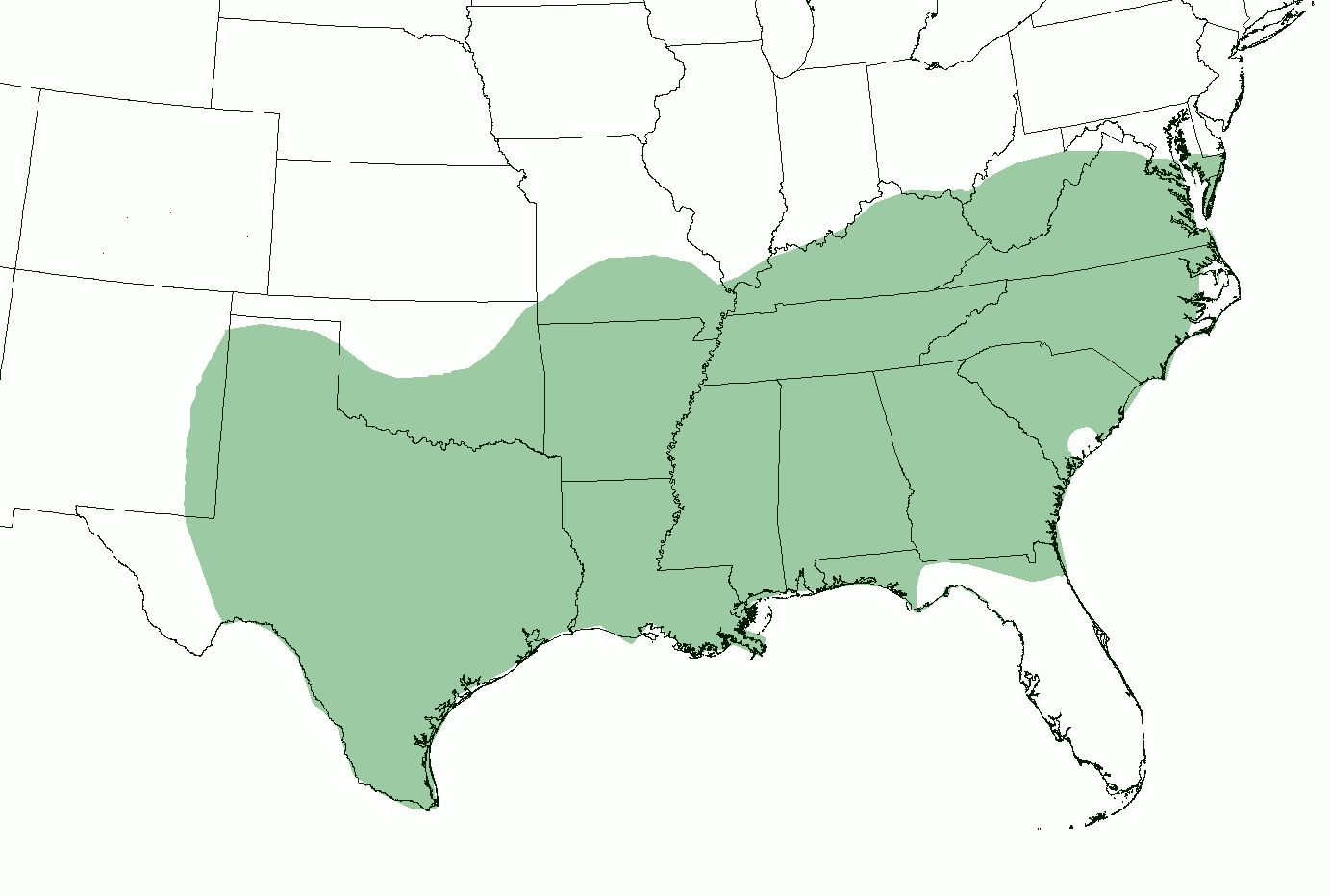|
Y'all
''Y'all'' (pronounced ) is a contraction of ''you'' and ''all'', sometimes combined as ''you-all''. ''Y'all'' is the main second-person plural pronoun in Southern American English, with which it is most frequently associated, though it also appears in some other English varieties, including African-American English and South African Indian English. It is usually used as a plural second-person pronoun, but whether it is exclusively plural is a perennial subject of discussion. Etymology ''Y'all'' arose as a contraction of ''you all''. The term first appeared in print sporadically in the Southern United States in the early nineteenth century,Crystal, David''The Story of English in 100 Words''. 2011. p. 190. though it seems to have remained uncommon throughout most of the South until several decades afterwards.Devlin, Thomas Moore (2019).The Rise Of Y'all And The Quest For A Second-Person Plural Pronoun". ''Babbel''. Lesson Nine GmbH. The earliest attestation, with the spellin ... [...More Info...] [...Related Items...] OR: [Wikipedia] [Google] [Baidu] |
Southern American English
Southern American English or Southern U.S. English is a regional dialect or collection of dialects of American English spoken throughout the Southern United States, though concentrated increasingly in more rural areas, and spoken primarily by White Southerners. In terms of accent, its most innovative forms include southern varieties of Appalachian English and certain varieties of Texan English. Popularly known in the United States as a Southern accent or simply Southern, Southern American English now comprises the largest American regional accent group by number of speakers. Formal, much more recent terms within American linguistics include Southern White Vernacular English and Rural White Southern English. History and geography A diversity of earlier Southern dialects once existed: a consequence of the mix of English speakers from the British Isles (including largely Southern English and Scots-Irish immigrants) who migrated to the American South in the 17th and ... [...More Info...] [...Related Items...] OR: [Wikipedia] [Google] [Baidu] |
Contraction (grammar)
A contraction is a shortened version of the spoken and written forms of a word, syllable, or word group, created by omission of internal letters and sounds. In linguistic analysis, contractions should not be confused with crasis, abbreviations and initialisms (including acronyms), with which they share some semantic and phonetic functions, though all three are connoted by the term "abbreviation" in layman’s terms. Contraction is also distinguished from morphological clipping, where beginnings and endings are omitted. The definition overlaps with the term portmanteau (a linguistic ''blend''), but a distinction can be made between a portmanteau and a contraction by noting that contractions are formed from words that would otherwise appear together in sequence, such as ''do'' and ''not'', whereas a portmanteau word is formed by combining two or more existing words that all relate to a singular concept that the portmanteau describes. English English has a number of co ... [...More Info...] [...Related Items...] OR: [Wikipedia] [Google] [Baidu] |
Thou
The word ''thou'' is a second-person singular pronoun in English. It is now largely archaic, having been replaced in most contexts by the word '' you'', although it remains in use in parts of Northern England and in Scots (). ''Thou'' is the nominative form; the oblique/ objective form is ''thee'' (functioning as both accusative and dative); the possessive is ''thy'' (adjective) or ''thine'' (as an adjective before a vowel or as a possessive pronoun); and the reflexive is ''thyself''. When ''thou'' is the grammatical subject of a finite verb in the indicative mood, the verb form typically ends in ''-(e)st'' (e.g. "thou goest", "thou do(e)st"), but in some cases just ''-t'' (e.g., "thou art"; "thou shalt"). Originally, ''thou'' was simply the singular counterpart to the plural pronoun '' ye'', derived from an ancient Indo-European root. In Middle English, ''thou'' was sometimes abbreviated by putting a small "u" over the letter thorn: þͧ. Starting in the 1300s, ''thou'' a ... [...More Info...] [...Related Items...] OR: [Wikipedia] [Google] [Baidu] |
You Guys
In Modern English, ''you'' is the second-person pronoun. It is grammatically plural, and was historically used only for the dative case, but in most modern dialects is used for all cases and numbers. History ''You'' comes from the Proto-Germanic demonstrative base *''juz''-, *''iwwiz'' from PIE *''yu''- (second person plural pronoun). Old English had singular, dual, and plural second-person pronouns. The dual form was lost by the twelfth century, and the singular form was lost by the early 1600s. The development is shown in the following table. Early Modern English distinguished between the plural '' ye'' and the singular ''thou''. As in many other European languages, English at the time had a T–V distinction, which made the plural forms more respectful and deferential; they were used to address strangers and social superiors. This distinction ultimately led to familiar ''thou'' becoming obsolete in modern English, although it persists in some English dialects. ''Your ... [...More Info...] [...Related Items...] OR: [Wikipedia] [Google] [Baidu] |
You'uns
''Yinz'' (see below for other spellings) is a second-person plural pronoun used mainly in Western Pennsylvania English, most prominently in Pittsburgh, but it is also found throughout the cultural region known as Appalachia, located within the geographical region of the Appalachians. History and usage ''Yinz'' is the most recent derivation from the original Scots-Irish form ''you ones'' or "yous ones", a form of the second person plural commonly heard in parts of Ulster. When standard-English speakers talk in the first person or third person, they use different pronouns to distinguish between singular and plural. In the first person, for example, speakers use the singular ''I'' and the plural ''we''. But when speaking in the second person, ''you'' performs double duty as both the singular form and the plural form. Crozier (1984) suggests that during the 19th century, when many Irish speakers switched to speaking English, they filled this gap with ''you ones'', primarily becau ... [...More Info...] [...Related Items...] OR: [Wikipedia] [Google] [Baidu] |
Grammatical Person
In linguistics, grammatical person is the grammatical distinction between deictic references to participant(s) in an event; typically the distinction is between the speaker ( first person), the addressee ( second person), and others ( third person). A language's set of ''personal'' pronouns are defined by grammatical person, but other pronouns would not. ''First person'' includes the speaker (English: ''I'', ''we'', ''me'', and ''us''), ''second person'' is the person or people spoken to (English: ''you''), and ''third person'' includes all that are not listed above (English: ''he'', ''she'', ''it'', ''they'', ''him'', ''her'', ''them''). It also frequently affects verbs, and sometimes nouns or possessive relationships. Related classifications Number In Indo-European languages, first-, second-, and third-person pronouns are typically also marked for singular and plural forms, and sometimes dual form as well (grammatical number). Inclusive/exclusive distinction Some oth ... [...More Info...] [...Related Items...] OR: [Wikipedia] [Google] [Baidu] |
Pronoun
In linguistics and grammar, a pronoun ( abbreviated ) is a word or a group of words that one may substitute for a noun or noun phrase. Pronouns have traditionally been regarded as one of the parts of speech, but some modern theorists would not consider them to form a single class, in view of the variety of functions they perform cross-linguistically. An example of a pronoun is "you", which can be either singular or plural. Subtypes include personal and possessive pronouns, reflexive and reciprocal pronouns, demonstrative pronouns, relative and interrogative pronouns, and indefinite pronouns. The use of pronouns often involves anaphora, where the meaning of the pronoun is dependent on an antecedent. For example, in the sentence ''That poor man looks as if he needs a new coat'', the meaning of the pronoun ''he'' is dependent on its antecedent, ''that poor man''. The name of the adjective that belongs with a "pronoun" is called a "pronominal". A pronominal is also a wor ... [...More Info...] [...Related Items...] OR: [Wikipedia] [Google] [Baidu] |
African-American Vernacular English
African-American Vernacular English (AAVE, ), also referred to as Black (Vernacular) English, Black English Vernacular, or occasionally Ebonics (a colloquial, controversial term), is the variety of English natively spoken, particularly in urban communities, by most working- and middle-class African Americans and some Black Canadians. Having its own unique grammatical, vocabulary, and accent features, AAVE is employed by middle-class Black Americans as the more informal and casual end of a sociolinguistic continuum. However, in formal speaking contexts, speakers tend to switch to more standard English grammar and vocabulary, usually while retaining elements of the nonstandard accent. Despite being widespread throughout the United States, AAVE should not be assumed to be the native dialect of all African Americans. As with most African-American English, African-American Vernacular English shares a large portion of its grammar and phonology with the rural dialects of the S ... [...More Info...] [...Related Items...] OR: [Wikipedia] [Google] [Baidu] |
Walt Wolfram
Walt Wolfram (; born February 15, 1941) is an American sociolinguist specializing in social and ethnic dialects of American English. He was one of the early pioneers in the study of urban African American English through his work in Detroit in 1969. He is the William C. Friday Distinguished University Professor at North Carolina State University. Since the 1960s, Wolfram has authored or co-authored more than 20 books and more than 300 articles on variation in American English. He was an active participant in the 1996 debate surrounding the Oakland Ebonics controversy, supporting the legitimacy of African American English as a systematic language system. In addition to African American English, Wolfram has written extensively about Appalachian English, Puerto Rican English, Lumbee English, and many other dialects of North Carolina, particularly those of rural, isolated communities such as Ocracoke Island. Biography Wolfram was born Philadelphia, Pennsylvania in 1941. His parents ... [...More Info...] [...Related Items...] OR: [Wikipedia] [Google] [Baidu] |
Ozarks
The Ozarks, also known as the Ozark Mountains, Ozark Highlands or Ozark Plateau, is a physiographic region in the U.S. states of Missouri, Arkansas, Oklahoma and the extreme southeastern corner of Kansas. The Ozarks cover a significant portion of northern Arkansas and most of the southern half of Missouri, extending from Interstate 40 in central Arkansas to Interstate 70 in central Missouri. There are two mountain ranges in the Ozarks: the Boston Mountains of Arkansas and the St. Francois Mountains of Missouri. Buffalo Lookout, the highest point in the Ozarks, is located in the Boston Mountains. Geologically, the area is a broad dome with the exposed core in the ancient St. Francois Mountains. The Ozarks cover nearly , making it the most extensive highland region between the Appalachians and Rockies. Together with the Ouachita Mountains, the area is known as the U.S. Interior Highlands. The Salem Plateau, named after Salem, Missouri, makes up the largest geologic area o ... [...More Info...] [...Related Items...] OR: [Wikipedia] [Google] [Baidu] |
Great Smoky Mountains
The Great Smoky Mountains (, ''Equa Dutsusdu Dodalv'') are a mountain range rising along the Tennessee–North Carolina border in the southeastern United States. They are a subrange of the Appalachian Mountains, and form part of the Blue Ridge Physiographic Province. The range is sometimes called the Smoky Mountains and the name is commonly shortened to the Smokies. The Great Smokies are best known as the home of the Great Smoky Mountains National Park, which protects most of the range. The park was established in 1934, and, with over 11 million visits per year, it is the most visited national park in the United States. The Great Smokies are part of an International Biosphere Reserve. The range is home to an estimated of old growth forest, constituting the largest such stand east of the Mississippi River. The cove hardwood forests in the range's lower elevations are among the most diverse ecosystems in North America, and the Southern Appalachian spruce-fir forest that ... [...More Info...] [...Related Items...] OR: [Wikipedia] [Google] [Baidu] |






